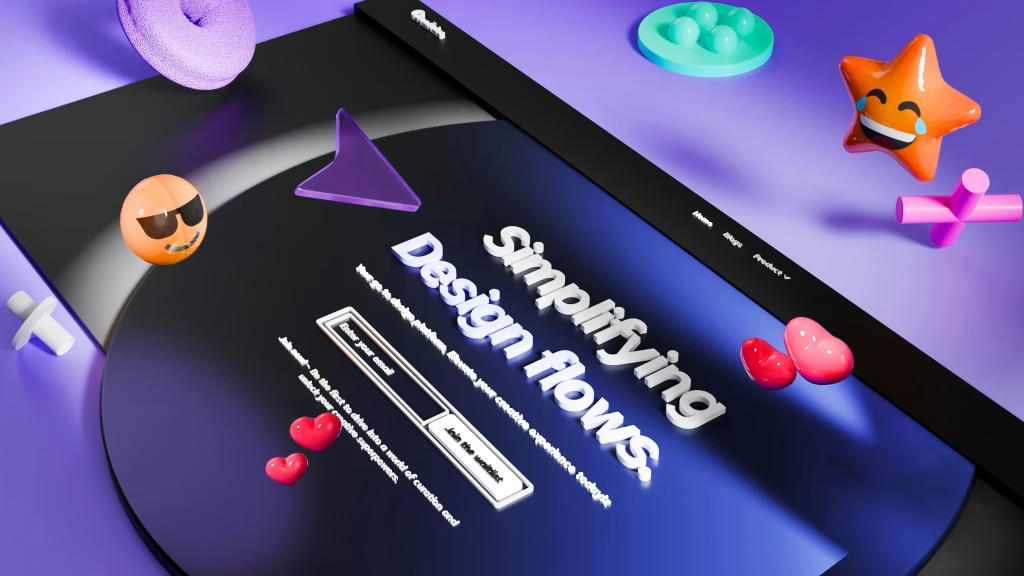Design is no longer just about aesthetics; it’s a critical component of business success. In today’s competitive landscape, design has evolved to become a strategic asset, driving brand recognition, customer engagement, and business growth. From digital interfaces to printed materials, effective design communicates your brand’s story, values, and message, creating a lasting impact on your audience. This article explores the significance of design in business, highlighting key design strategies and their transformative effects.
The Importance of Design
At its core, design is about solving problems and enhancing user experiences. Whether it’s through web design, print design, logo design, UX/UI design, or brand design, the goal is to create solutions that resonate with your target audience. Understanding your audience’s needs and preferences is essential for crafting designs that not only look great but also deliver results. By implementing well-thought-out design strategies, businesses can attract, engage, and retain customers, ultimately contributing to long-term success.
Key Design Strategies
User-Centered Web Design
Successful web design starts with understanding your users. By focusing on user-centered design principles, businesses can create websites that are not only visually appealing but also intuitive and easy to navigate. This approach enhances user satisfaction, increases time spent on the site, and boosts conversion rates.
Brand Identity and Logo Design
A strong brand identity is vital for differentiation in a crowded market. Logo design plays a crucial role in this, serving as the visual cornerstone of your brand. A well-designed logo communicates your brand’s values and creates an emotional connection with your audience. Coupled with consistent brand design, it helps establish a memorable and trustworthy brand presence.
Print Design That Stands Out
Despite the rise of digital media, print design remains a powerful tool for communication. Whether it’s business cards, brochures, or posters, high-quality print materials convey professionalism and credibility. By incorporating unique design elements, businesses can create print materials that capture attention and leave a lasting impression.
Optimizing UX/UI Design
In the digital age, user experience (UX) and user interface (UI) design are critical for success. UX/UI design focuses on creating seamless, enjoyable experiences for users across digital platforms. By optimizing these elements, businesses can improve customer satisfaction, encourage repeat visits, and drive conversions.
Integrated Brand Design
Integrated brand design ensures consistency across all touchpoints, from digital platforms to physical products. This cohesive approach strengthens brand recognition and reinforces your brand’s message, making it easier for customers to identify and trust your business.
The Transformative Impact of Design
Effective design has the power to transform businesses. It goes beyond just making things look good—it drives brand awareness, customer loyalty, and business growth. By investing in professional design services, businesses can create compelling visual narratives that resonate with their audience and stand out in the marketplace. Whether through web design, print design, logo design, UX/UI design, or brand design, a strategic approach to design can lead to increased brand recognition, higher engagement, and ultimately, greater success.
In a world where first impressions matter more than ever, design is your opportunity to make a lasting impact. As businesses continue to navigate the complexities of the modern market, those that prioritize design will be better positioned to connect with their audience, differentiate themselves from competitors, and achieve long-term success.




